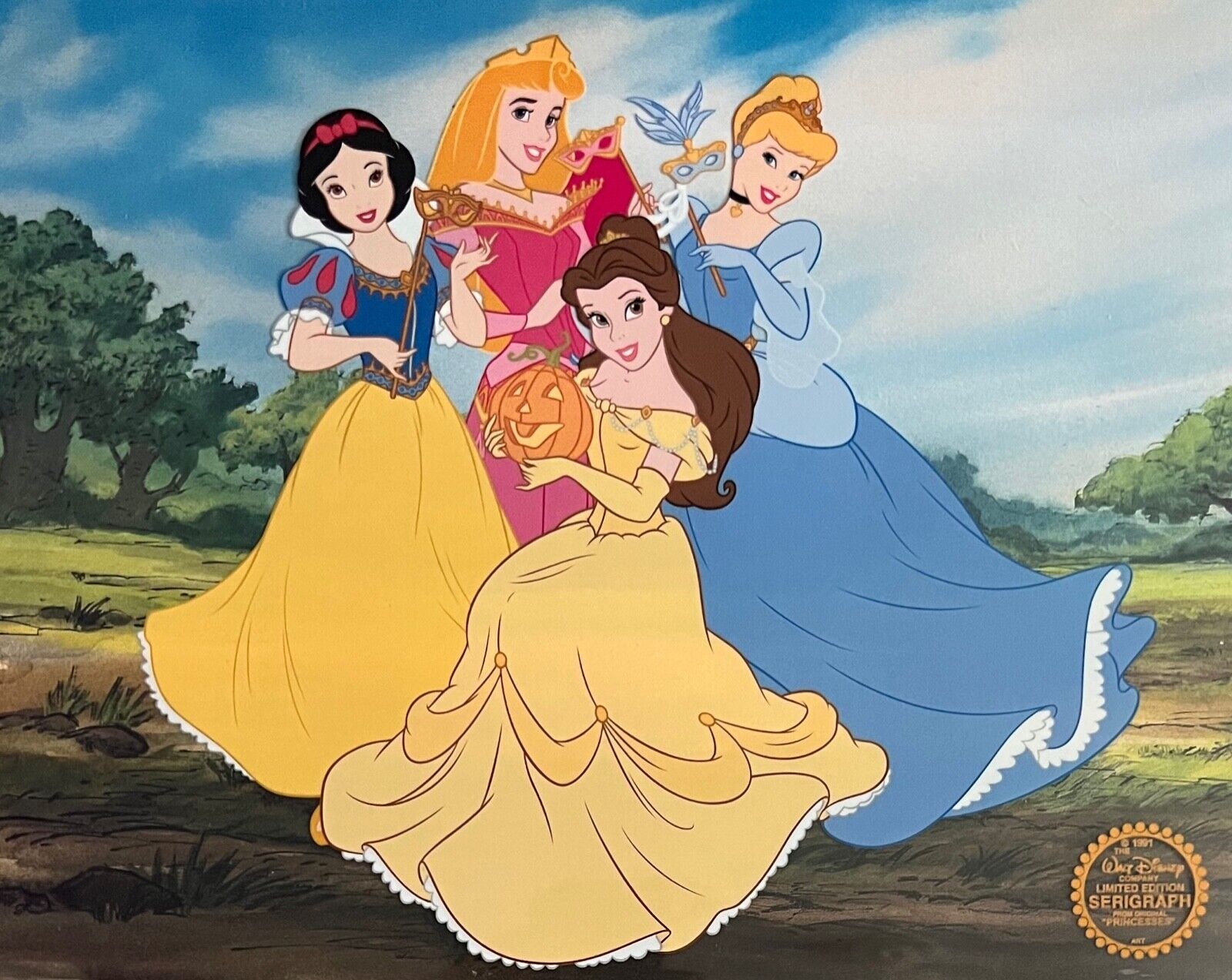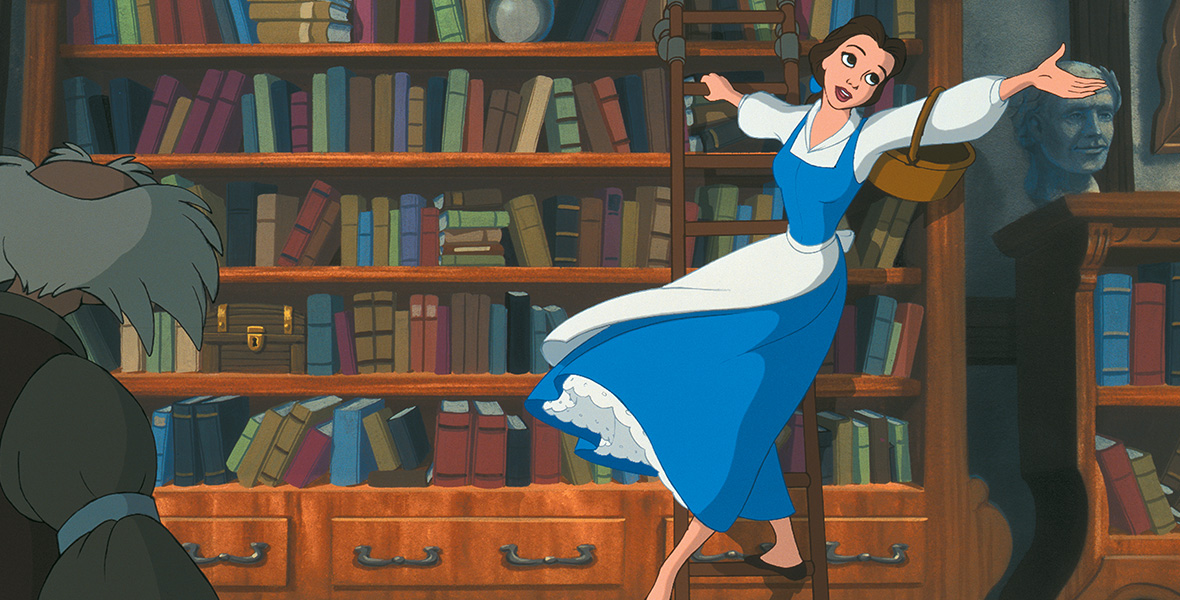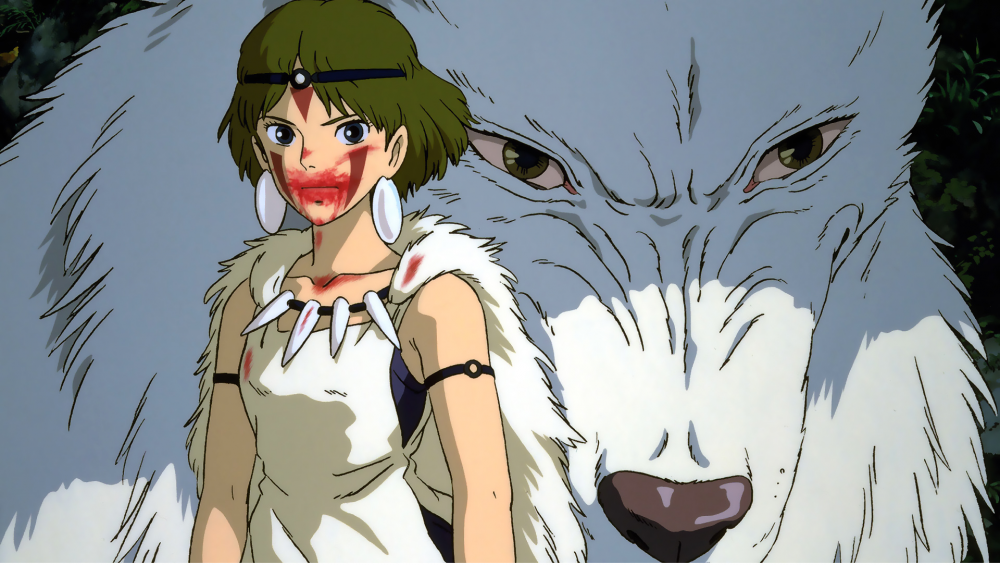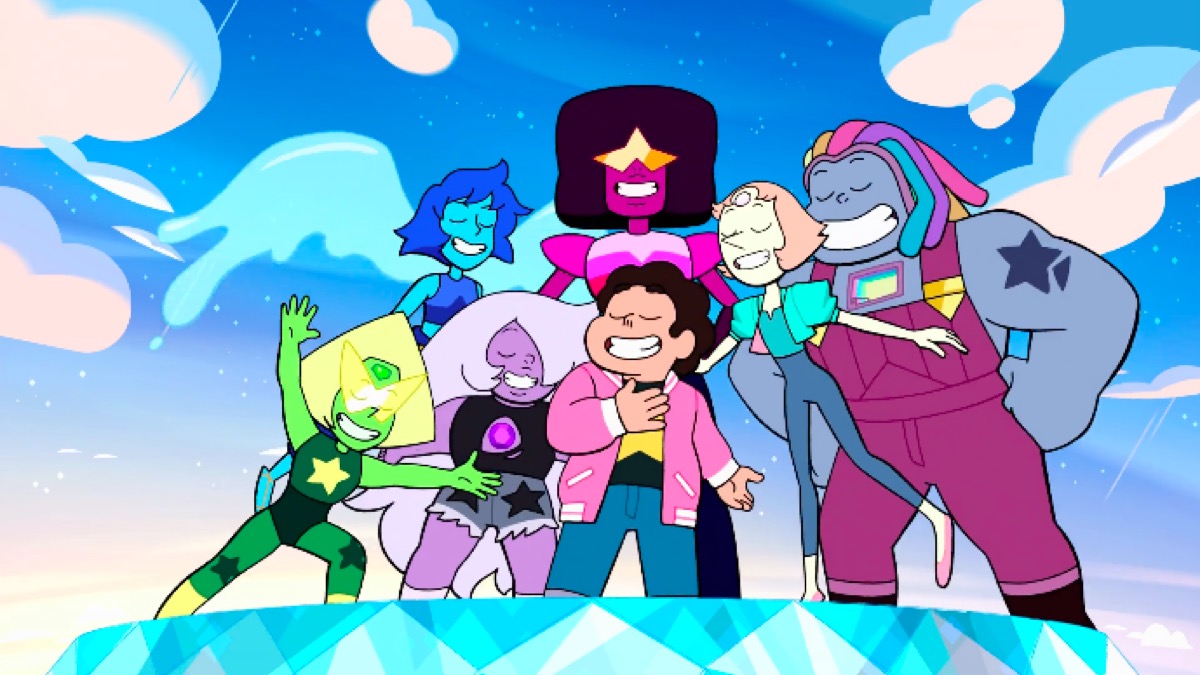Immersed within the captivating realm of animation, a magical medium that weaves dreams for both the youthful and the wise, we bear witness to an extraordinary metamorphosis in the portrayal of female characters. Throughout the ages, these captivating figures have shattered the shackles of conventional stereotypes, embracing newfound narratives that radiate empowerment and inspiration.
Embarking on a mesmerizing odyssey, this article embarks on a whimsical voyage through the annals of animated history, unearthing the pivotal moments, formidable hurdles, and glorious victories that have sculpted a tapestry of diverse and empowering representations.
What is the Current State of Female Representation in Animation?
The state of female representation in animation has experienced notable developments in recent years, although there are areas that require continued attention. Positive strides have been made, including an increase in the presence of female characters in prominent roles and a growing appreciation for diverse representation in animated content.
Animation studios are actively working to create multifaceted and inspiring female characters that challenge traditional norms. These characters serve as role models and inspire young viewers by breaking away from conventional stereotypes. Additionally, the contributions of female animators, writers, and directors have enriched the industry, bringing forth a range of perspectives and more authentic portrayals of female characters.
Despite progress, there are still opportunities for further improvement. In certain areas of the animation industry, such as directing and leadership positions, the representation of women remains relatively low. Addressing this underrepresentation would foster greater diversity and enable female creators to shape the industry in meaningful ways.
Moreover, it is important to strive for well-rounded and relatable characters without relying on limiting stereotypes.
By moving away from overused tropes and embracing more varied narratives, the animation industry can continue to provide audiences with fresh and engaging storytelling.
In summary, female representation in animation has witnessed positive advancements, with increased visibility and more nuanced portrayals of female characters. While challenges remain, ongoing efforts to amplify diverse voices and challenge stereotypes are essential for creating a more inclusive and vibrant animated landscape.
Pioneers of Animation
The early years of animation were dominated by male characters, relegating female roles to damsels in distress or mere love interests. However, amidst the conventional narratives, there were pioneers who defied the norms and laid the groundwork for change.
Lotte Reiniger, a German animator, introduced silhouette animation, captivating audiences with her groundbreaking films that showcased strong, independent heroines. Her innovative techniques and empowering female characters challenged the status quo of the time.

Additionally, we celebrate the iconic Betty Boop, a creation of animator Max Fleischer, who challenged societal boundaries with her vivacity, confidence, and assertiveness. Despite the limitations of the era, Betty Boop became a symbol of female empowerment during the Great Depression, inspiring countless women with her undeniable charisma and resilience.
Disney’s Princess Revolution

No discussion on the evolution of female characters in animation can be complete without acknowledging the impact of Disney’s princesses. While early princesses like Snow White and Cinderella may have perpetuated traditional gender roles, the Disney Renaissance of the 1990s witnessed a remarkable shift in storytelling.

The advent of Ariel in “The Little Mermaid” marked a turning point, as she defied her father’s expectations and pursued her dreams, challenging societal norms and setting a new precedent for animated heroines.

Belle, from “Beauty and the Beast,” showcased intelligence, independence, and a desire for adventure. Mulan, in her eponymous film, broke gender barriers by disguising herself as a man to protect her family and country.
These princesses introduced young audiences to characters who displayed courage, determination, and a sense of agency, inspiring generations to believe in themselves and pursue their own destinies. We delve into the cultural significance of these characters, their impact on young audiences, and the strides made by subsequent princesses like Moana and Elsa, who continued to redefine what it means to be a Disney princess.
Breaking Stereotypes with Studio Ghibli
As the world of animation expanded, Studio Ghibli emerged as a powerful force in pushing the boundaries of storytelling. Under the visionary direction of Hayao Miyazaki and his talented team, Ghibli films introduced complex and multidimensional female characters who defied traditional stereotypes.

Princess Mononoke, portrayed as a strong-willed and compassionate warrior, challenged the dichotomy of good versus evil, while simultaneously questioning humanity’s relationship with nature. Chihiro, the determined and self-sufficient protagonist of “Spirited Away,” embarked on a transformative journey of self-discovery, showcasing resilience and bravery in the face of adversity.
Studio Ghibli shattered stereotypes and presented narratives that resonated with viewers of all ages, exploring themes of identity, environmentalism, and the power of empathy.
Contemporary Animation and Female Empowerment
In recent years, animation has witnessed a surge in diverse storytelling, with female characters taking center stage in narratives that celebrate their strength, resilience, and individuality. We examine the groundbreaking achievements of shows like “Steven Universe,” which showcases a diverse range of female characters and explores themes of self-acceptance, love, and the importance of relationships.

The show breaks away from traditional gender norms, presenting characters who challenge societal expectations and redefine what it means to be a hero. Through complex character arcs and diverse representation, “Steven Universe” has become a trailblazer in empowering young viewers and fostering a sense of inclusivity and acceptance.
Furthermore, we delve into the phenomenal success of Disney’s “Frozen,” a film that subverted the tropes of the traditional princess narrative and ignited a global movement of empowerment. Queen Elsa, with her ice powers and inner strength, defied conventions, embracing her true self and teaching audiences the power of self-acceptance and the importance of sisterhood.
The film’s iconic song, “Let It Go,” became an anthem for embracing individuality and breaking free from societal expectations. “Frozen” not only captivated audiences worldwide but also served as a catalyst for discussions surrounding representation, inspiring animation studios to create more diverse and empowering female characters.

How Can We Empower More Diverse Representations of Women Through Animation?
Collaboration and Inclusion
Foster collaboration among diverse teams of animators, writers, directors, and artists. Encourage the inclusion of individuals from different backgrounds, experiences, and perspectives to ensure a broad range of voices and stories.
Authentic Representation
Prioritize authentic portrayals of women by involving women in the creative process. Seek input from consultants, advisors, and diverse focus groups to ensure accurate and respectful depictions of different cultures, identities, and experiences.
Avoid Stereotypes
Challenge and subvert stereotypes by creating well-rounded female characters with depth, complexity, and agency. Explore a variety of traits, interests, and roles beyond traditional gender norms to present a more diverse and realistic range of female experiences.
Education and Awareness
Promote media literacy and critical thinking skills among audiences, particularly young viewers. Educate them about the importance of diverse representation and challenge them to question stereotypes and biases present in animated content.
Industry Accountability
Hold animation studios, production companies, and distributors accountable for promoting diversity and inclusion. Encourage transparency in hiring practices, support initiatives that champion diversity, and celebrate projects that successfully represent a wide range of women.
Collaboration with Diverse Communities
Engage with diverse communities and organizations to gain insights and ensure that their voices are represented accurately. Seek partnerships and collaborations that facilitate authentic storytelling and encourage cultural exchange.
Amplify Independent and International Voices
Support independent animators and international projects that offer fresh perspectives and cultural diversity. Platforms and festivals can play a crucial role in showcasing and promoting these works to a wider audience.
Conclusion
The evolution of female characters in animation has been a remarkable journey, marked by courageous artists and visionary storytellers who have challenged stereotypes and sparked important conversations. From the early pioneers who laid the foundation for change to the iconic princesses who inspired generations, animation has witnessed a significant shift in the portrayal of female characters.
Through the contributions of animation studios and the progressive narratives of contemporary shows and films, female characters have become more multidimensional, diverse, and empowering. The way forward involves continued progress, embracing intersectionality, and providing opportunities for diverse voices within the industry.
Animation has the power to shape perceptions, challenge societal norms, and inspire audiences of all ages. By embracing diverse perspectives and empowering female characters, animation can pave the way for a more equitable and inclusive world, where every individual feels seen, heard, and empowered to be their authentic selves.
As we continue on this path of evolution, let us celebrate the triumphs and achievements, and keep pushing the boundaries of representation in animation, creating stories that resonate and inspire viewers again and again.